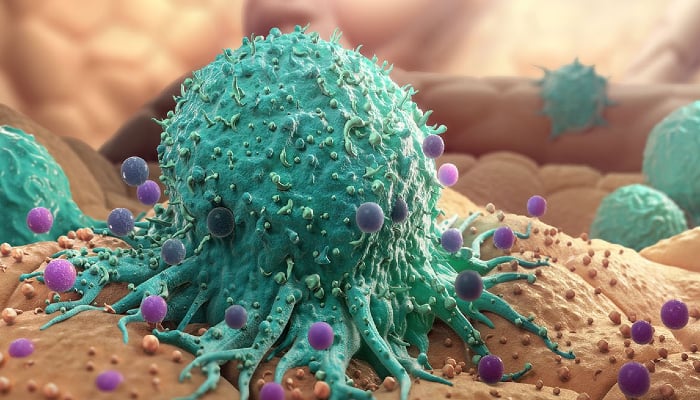
A new study has revealed that Generation X and millennials are at higher risk of developing 17 types of cancer as compared to other people.
According to CNN, a study published in the journal The Lancet Public Health suggested that adults born between 1920 and 1990 have a significant difference between each generation’s chances of developing cancer and cancer types.
Chief scientific officer for the American Cancer Society, William Dahut, said, “What’s a little different about this paper is that it includes a wider variety of cancers. It actually looked at 34 different cancers, of which 17, we saw an increase in incidence and five an increase in mortality in young adults under the age of 50.”
The researchers found that the two generations, X and millennials, have higher chances of developing 17 types of cancer that are:
• Gastric cardia
• Small intestine
• Estrogen receptor-positive breast
• Ovary
• Liver and intrahepatic bile duct in women
• Non-HPV-associated oral and pharynx cancers in women
• Anus
• Colon and rectal
• Uterine corpus
• Gallbladder and other biliary
• Kidney and renal pelvis
• Pancreas
• Myeloma
• Non-cardia gastric
• Testis
• Leukaemia
• Kaposi sarcoma
Moreover, the lead author of the study, Dr. Hyuna Sung, noted, “These findings add to growing evidence of increased cancer risk in post-Baby Boomer generations, expanding on previous findings of early-onset colorectal cancer and a few obesity-associated cancers to encompass a broader range of cancer types.”
Sung explained, “Birth cohorts, groups of people classified by their birth year, share unique social, economic, political, and climate environments, which affect their exposure to cancer risk factors during their crucial developmental years.”
The researchers have said that they have identified the cancer trends associated with the different birth years, but the reason behind the escalating rate is yet to be found.












